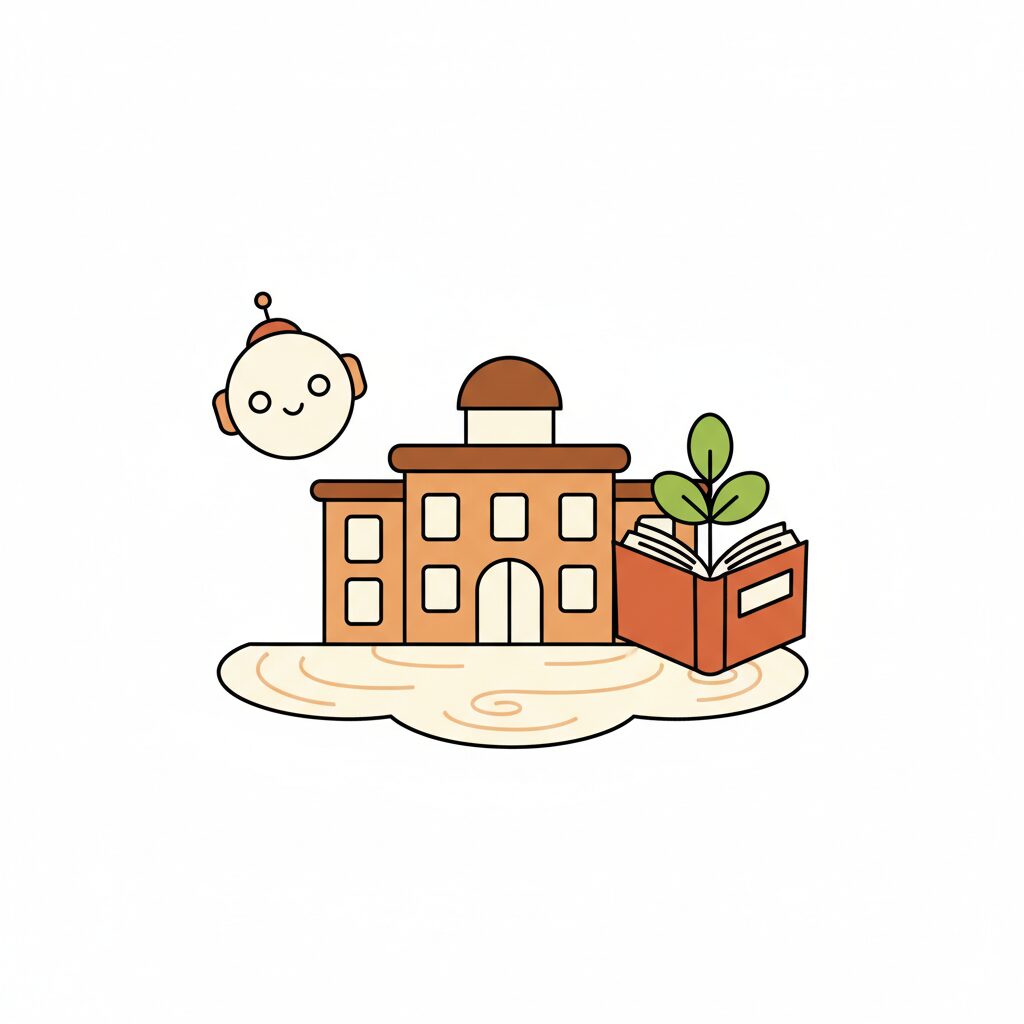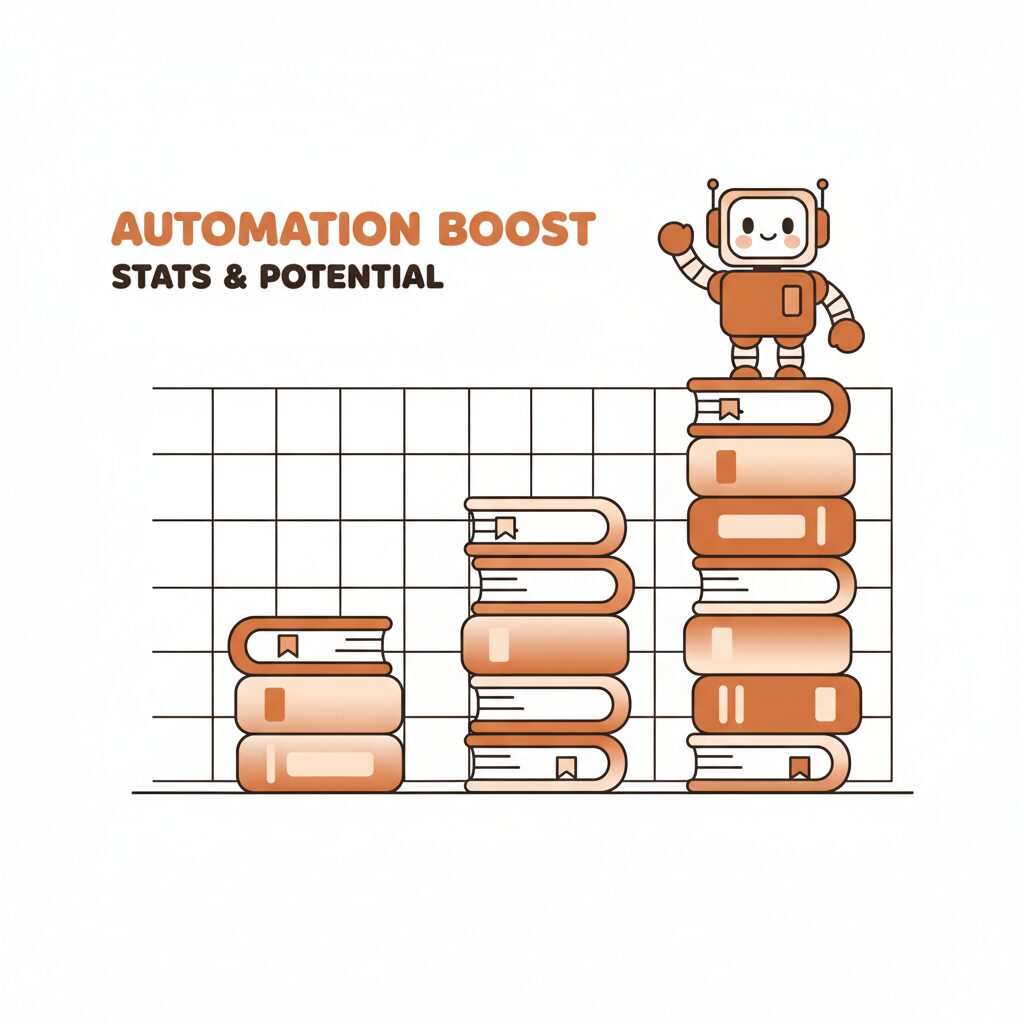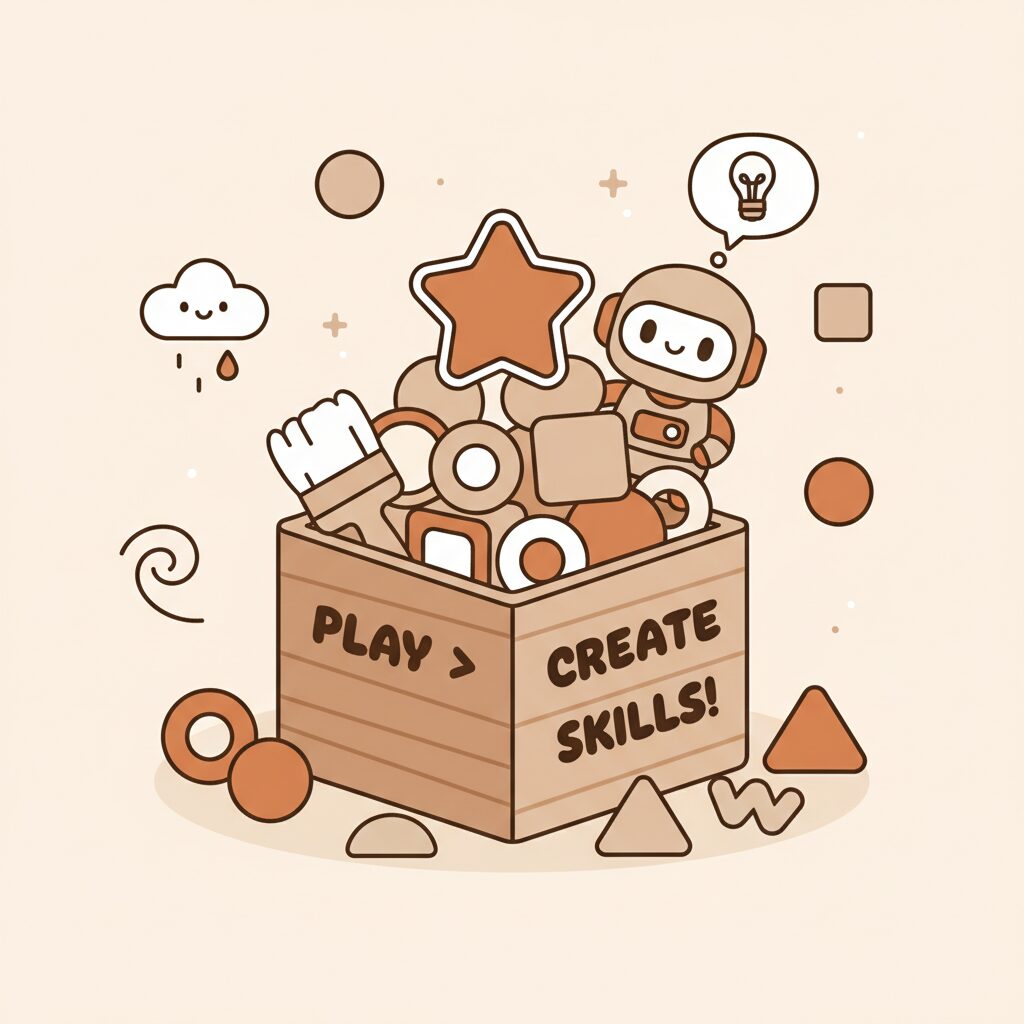
Picture waiting in a long government office line when someone leans over and whispers, “They’re testing AI for this.” That’s where we are with public services today—not sci-fi takeovers, but clunky tools learning to sort mail and summarize reports. As a parent watching my early elementary kid navigate a world where algorithms hide in plain sight, it hits different. What happens when machines handle tasks we expect humans to understand? The real story isn’t job cuts; it’s how we raise children to thrive where tech and humanity intersect, offering food for thought on nurturing critical thinking in an automated age.
The Quiet Experiment Happening in Town Hall: How Does AI Impact Public Services?

Right now, government chatbots are practicing basic chores—drafting emails, scanning documents, maybe even helping write that confusing permit application. Research shows these tools aren’t replacing complex decisions yet; they’re more like that overeager intern who needs constant supervision. A recent study found many projects run into walls because the tech folks building them rarely chat with frontline workers. It’s like trying to solve a puzzle with half the pieces missing: possible, but frustrating.
Here’s what makes me pause as a dad: when my child interacts with public systems someday, will they encounter a tool that understands their needs—or just a digital brick wall? Remember that tax form that made you want to tear your hair out? Now imagine it’s run by software that can’t grasp nuance. That GAO report hit home—it’s about keeping human judgment where it counts because fairness comes from how we see each other. This makes us wonder about AI impact on public services and our children’s future.
The Numbers Game Without the Headache: What Do Stats Say About AI and Jobs?

Let’s untangle the stats swirling around us. Yes, headlines shout “300,000 federal jobs cut by AI”—but deeper research tells a calmer tale. Goldman Sachs analysts actually project only 2.5% of U.S. employment at real displacement risk even with full adoption. Meanwhile, Accenture estimates AI could boost government productivity by $532 billion annually by 2028 if we train people properly.
Understanding these projections helps us focus on what matters for our kids. It clicks with me like a puzzle finally fitting: this isn’t about machines replacing humans, but reshaping work. Like how GPS didn’t kill travel agents—it forced them to become experience curators. The real risk? When we trust tools with flaws no child would miss. That NIST study showing facial recognition failing non-white faces 100 times more often? That’s not tech progress—it’s a wake-up call to build systems that see all our kids clearly. Because if AI handles school enrollment or park permits, it better get diversity right. This offers food for thought on balancing AI benefits with ethical considerations for our children’s future.
What Our Children Really Need to Learn: Beyond Coding Bootcamps

Watching my kid build block towers that defy logic, I realize: the government AI frenzy misses the point for families. Kids don’t need to become programmers—they need to understand how to partner with tools. When we bake cookies together and the timer dings early, we talk: “Did the machine know our cookies need more time?” Simple moments become tech literacy without the jargon.
Here’s where warmth meets wisdom: Public AI systems using biased data could accidentally reinforce unfairness in housing or school programs. But that’s our parenting moment! Turn it into a sidewalk chalk game: “What if this robot gave longer slides to blue-shirt kids?” Suddenly, empathy becomes tangible. Studies confirm what we feel intuitively—McKinsey shows creativity and critical thinking are the skills rising fastest in value. So swap screen drills for nature scavenger hunts where they design solutions for “lost squirrel mail.” Because no algorithm replaces wonder. This emphasizes nurturing critical thinking in children for an AI-driven world.
Nurturing Humans in an Automated World: Practical Tips for Parents

The most powerful insight isn’t in reports—it’s in playground whispers. As government leans into AI, our role shifts from gatekeepers to guides. Instead of fearing job losses, let’s focus on what machines can’t do: comfort a scared kid at the town pool desk or advocate for inclusive park swings. That’s why the GAO’s call for “clear chains of command” resonates—it’s about accountability, like teaching our children to own their choices.
Try this: Next time you file a public form online, ask your child, “What would make this friendlier?” Their answers—”more emojis!”, “a dragon helper!”—are golden. They’re spotting warmth gaps algorithms miss. And when news mentions AI cutting jobs, reframe it: “This lets people focus on jobs only humans can do—like helping neighbors.” Because behind every public service is a person (or someone’s kid someday) who deserves dignity. Trust me, I’ve seen how a little kindness at the library counter can turn a cranky day around—it’s these quiet moments of human connection that’ll always outshine any algorithm, don’t you think? What everyday moments let you model human warmth that tech can’t replicate?
Source: Is AI Running the Government? Here’s What We Know, Gizmodo, 2025/08/30 16:47:50
